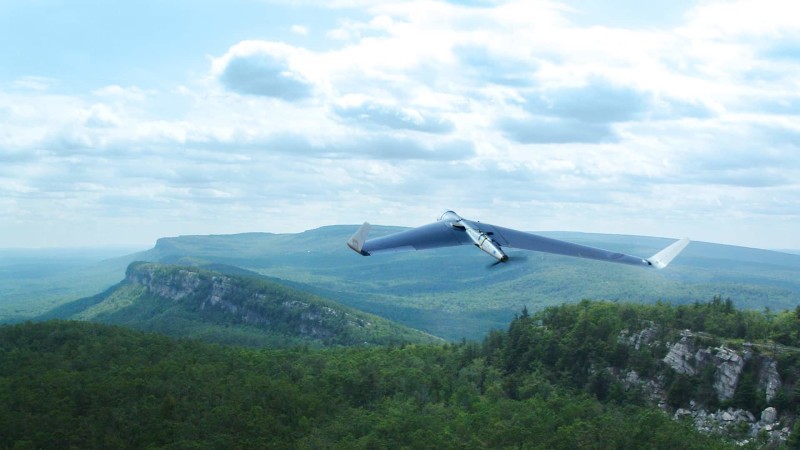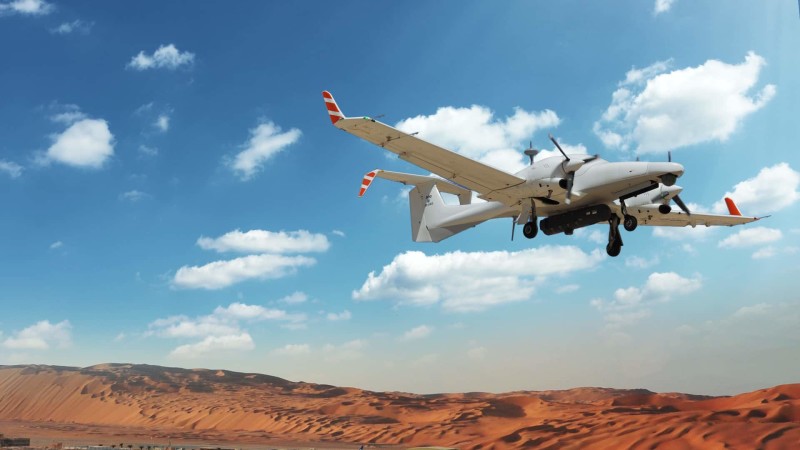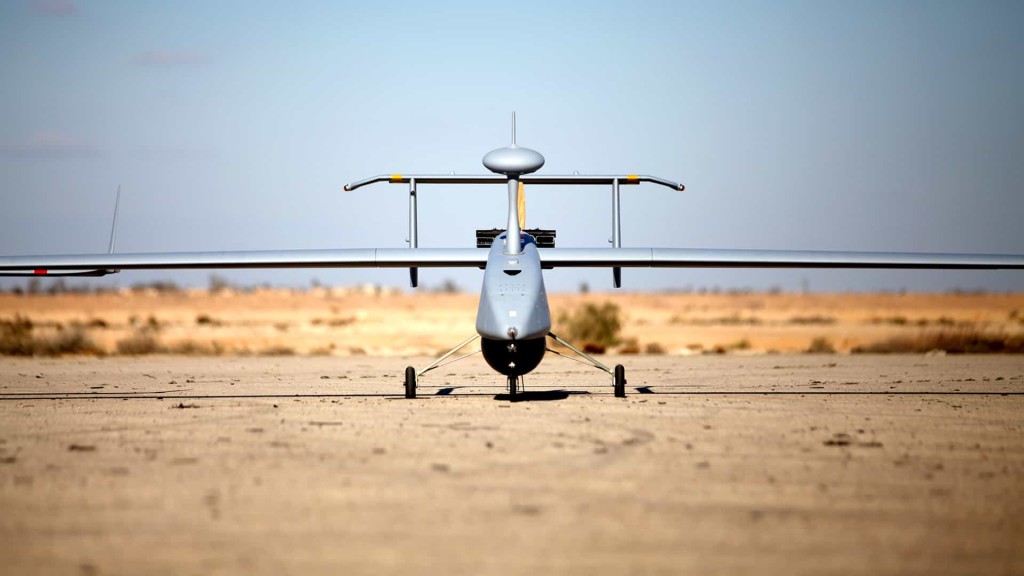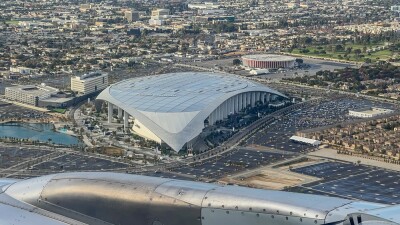Although Commercial UAV News specializes in commercial drone use, when working in an industry that has military, civil, and commercial applications, there are always points of critical crossover between the sectors. And although, we strive to keep in our lane, the companies that serve our sector of the industry often serve the military as well, and the experiences and best practices they obtain from working within both sectors inevitably inform the development of their final product. There is a lot to learn from these commercial crossovers, especially when military operations inform commercial practices and vice versa.
For instance, CP Aeronautics is a company that has mostly served the military sector but has been expanding its civil and commercial presence in the industry. Because of their experience in both sectors, they were an ideal company to connect with to discover what differences and similarities the two sectors share. We spoke with Brad Pilsl, VP of Business development at CP Aeronautics, to discuss how their company’s experience with both commercial and military markets influenced the development of their products; how they deal with certain issues like security, public perception, and regulations; and more.
Danielle Gagne: Historically, CP Aeronautics has mainly focused on defense and homeland security applications, which comes with a different set of expectations than the civil sector—What have you discovered when moving into commercial applications that is different or similar, especially in terms of regulations and security?
Brad Pilsl: There are similarities as well as differences between our target markets. For instance, we find that safety and reliability are critical factors for any customer. For the commercial market, we must comply with all of the FAA UAS regulations and are following the new rules in creation around Remote ID to determine the impact to our future business as we will likely cross over our individual air vehicles for both military demonstrations and services as well as commercial services.
Can you give some examples of some civil use cases that your solution has been used for?
Our UAS have been used for a variety of civil and commercial applications – using combined air/land/maritime systems for open mine surveys and security, mineral exploration, aerial photogrammetry and photography, infrastructure monitoring and security, environmental monitoring, forestry and precision agriculture, law enforcement and large-event security. Our UAS have also been used for wildlife monitoring and protection.
Your company offers several types of drone solutions, with the Orbiter series, Aerostar, Dominator XP, and Pegasus—can you briefly tell us what differentiates these systems and what they are mostly used for? Can they all be used for civil applications?
Each of our drones can be used for both military, civil and commercial applications. The Orbiter series UAS provide increasing time on station, range and payload capabilities and are mostly used for intelligence, surveillance and reconnaissance missions or for civil/commercial survey, etc. The Aerostar has been used for traditional military drone applications and has been used as a sensor test bed and for other commercial/civil work. The Dominator has been used mostly high-altitude long-endurance military surveillance missions but has also been used in remote area wildlife and environmental protection and monitoring. The Pegasus series aircraft have been used for mostly military logistics and re-supply missions, but they have also been used for commercial use for resupply in maritime environments.

How has having this military background differentiate you from commercial-only drone solution manufacturers?
Our UAS have already been used for commercial and civil government applications so we know that our solutions work in the commercial marketplace. Our commercial customers can leverage the investments in safety, reliability, small logistical footprint, ease of operation and training, etc. that we have already invested into our systems. There is already a bit of cross-over between military and commercial markets, but we believe that our solutions are well-positioned to compete on total value for commercial applications.
What have you learned from your focus on military applications that has influenced your approach toward civil ones?
Our military customers appreciate our solutions-based focus and our end-to-end capabilities – which should be very attractive to commercial customers. The UAS are designed to support true turn-key services – which we believe is very competitive for the commercial market. Our UAS operators can rapidly change out payloads in the field for different applications which is a great feature for larger commercial customers.
Since you work with clients globally, are you seeing regulatory changes become more favorable for more complex civil missions and if so, how? In your opinion, what are some of the most promising areas in terms of opening up regulations and why?
Our focus is on the North American market and here we see the need to open up beyond visual line of sight (BVLOS) operations as the real game-changer in the commercial market. There are very real safety, technology, and regulatory concerns, but once a wide-ranging, workable solution is in place, then we should see exponential growth in the commercial and civil markets.

Because our readers come from the commercial drone sector, we often talk about the public perception of drones and trying to distinguish civil operations from that of the military—this is no easy task and for the most part the public makes no distinction. I am sure the military sector also has to deal with these kinds of issues—what are the main concerns expressed there and how do you deal with that?
On the military side, the concern is usually centered around capabilities and limitations of autonomy – what can a “fully-autonomous” drone do all on its own, and also public questions such as “what happens if drones are hacked in-flight”, etc. Military drones (just like their civil/commercial counterparts) are designed as both products and solutions that match the end-user’s concept of operations so not all military drones are weaponized, and they do not all have the same level of autonomy.
If someone were interested in investigating your civil solutions further, what would you recommend to them?
We definitely appreciate interest in our civil solutions and those who are interested in looking into us further can visit our website at: https://cp-aeronautics.com/.
















Comments